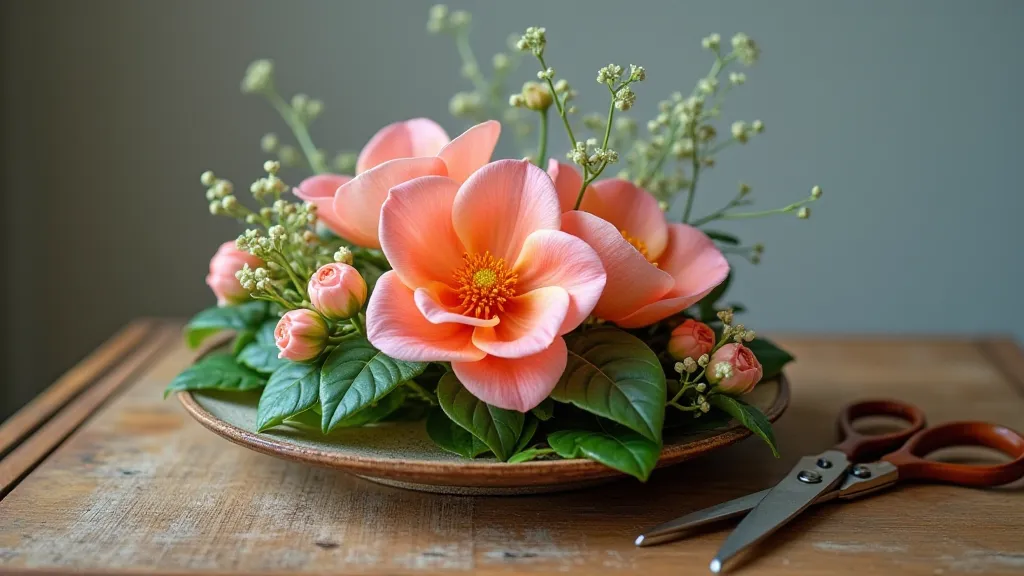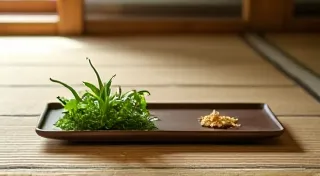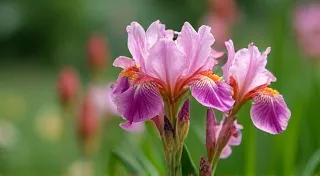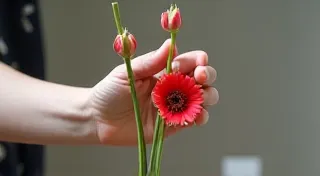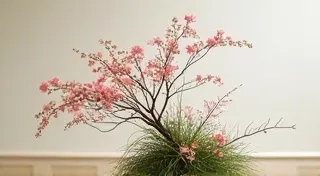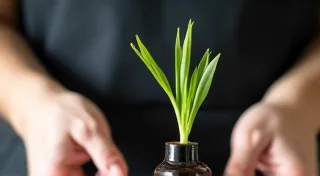Essential Japanese Scissors for Ikebana: Care and Maintenance
Ikebana, the art of Japanese flower arranging, demands precision and care. While beautiful flowers and harmonious compositions are key, the tools you use play a vital role in achieving professional results. Among the most essential of these tools are Japanese scissors, known as
Unlike many Western floral scissors designed for speed and bulk cutting, Japanese scissors for Ikebana are crafted for delicate work and clean cuts. Their distinguishing features include:
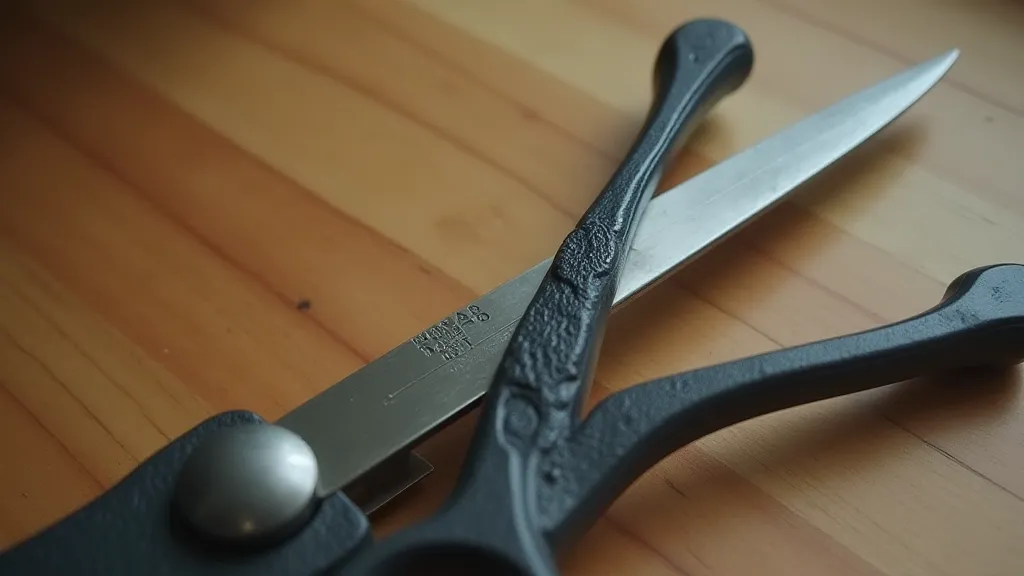
Several types of Japanese scissors are suitable for Ikebana. Here’s a breakdown to help you select the best fit for your needs. Before investing, consider what kind of Ikebana you plan to pursue, as different styles may have specific tool requirements. Understanding the breadth of Ikebana, from minimalist to elaborate designs, can inform your choice of scissors. You can learn more about these distinctions by exploring resources for learning more about Ikebana.
The longevity of your Japanese scissors depends on proper care. Neglect can quickly dull the blades and compromise their performance. Here's how to keep them in top condition. Maintaining your tools is just as important as the artistry of the arrangement itself; a well-maintained set of scissors will elevate your Ikebana experience.
This is the *most* important step! Immediately after use, wipe the blades clean with a soft cloth. Remove any sap, dirt, or debris that can accumulate and corrode the steel. A slightly damp cloth is acceptable for stubborn residue. Never use abrasive cleaners. Think of it as a ritual, like tending to the flowers themselves; a moment of care that ensures the tools last.
Apply a very thin layer of camellia oil (tsubaki abura – 椿油) or another light machine oil to the blades after cleaning. This prevents rust and keeps the pivot point smooth. A single drop is usually sufficient – avoid over-oiling, as this can attract dust and grime.
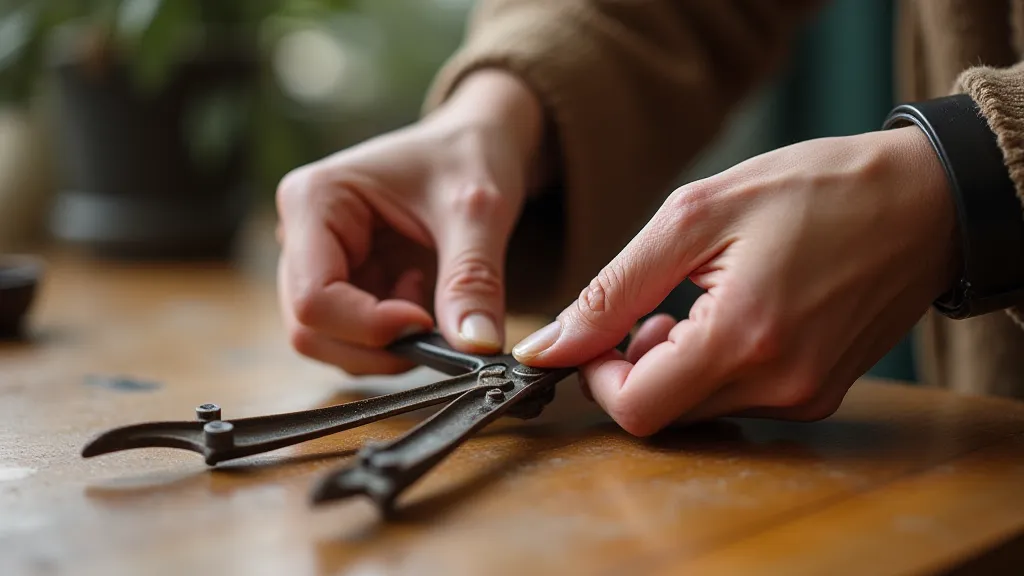
Even the best scissors will eventually need sharpening. The frequency depends on usage, but annual sharpening is generally recommended. It's best to have your scissors professionally sharpened by someone experienced with Japanese blades. Attempting to sharpen them yourself without the right tools and skills can easily damage the blades. You can also consider learning basic sharpening techniques, but proceed with caution.
Store your scissors in a dry place, ideally in a protective sheath or case. This prevents accidental damage and protects them from dust and moisture.
While the practical aspects of scissor maintenance are paramount, skilled Ikebana practitioners often find ways to incorporate the scissors themselves into the aesthetic of their arrangements. The clean lines and refined appearance of Japanese scissors can be leveraged to enhance the overall visual appeal of the composition. Some artists even use the scissors to create unique textures or patterns within the arrangement. The possibilities are truly limitless for those willing to experiment and push the boundaries of traditional Ikebana.
Quality Japanese scissors are an investment that will pay dividends in your Ikebana practice. By choosing wisely and diligently caring for them, you can enjoy years of precise, effortless cutting and elevate your floral artistry. Consider how the techniques of Ikebana can inspire creativity in other art forms – you might be surprised by the connections you discover. You can find inspiration and ideas by exploring combining Ikebana with other art forms. The principles of balance, harmony, and asymmetry found in Ikebana are transferable to painting, sculpture, and even music.
